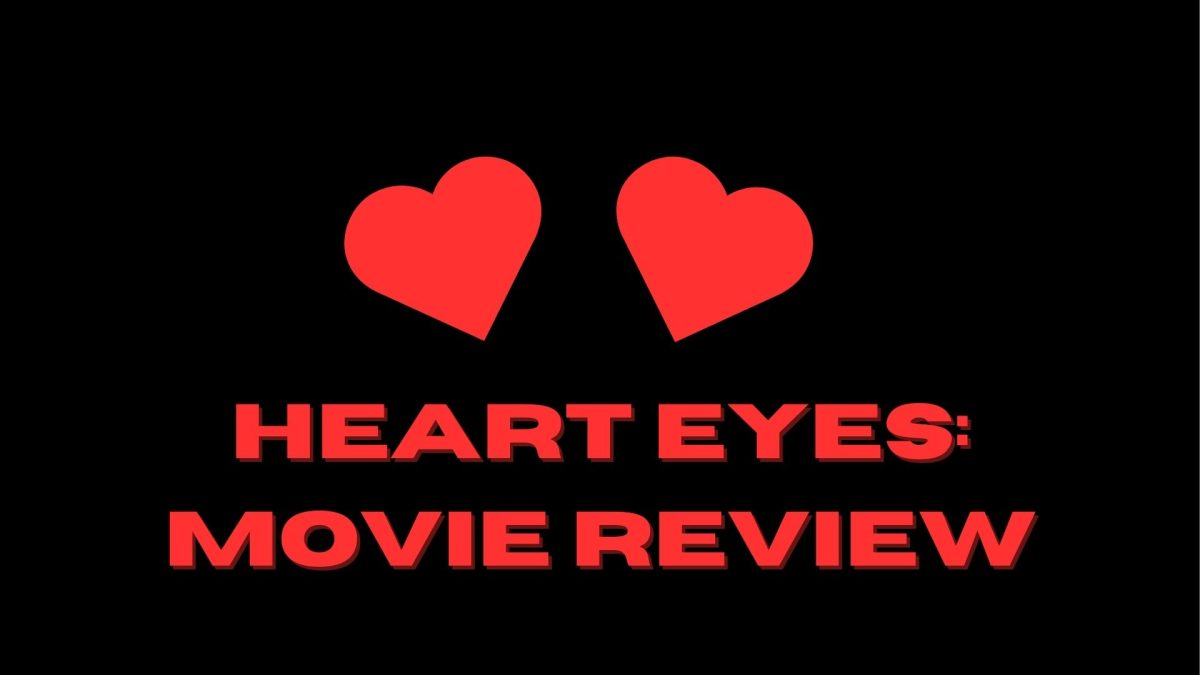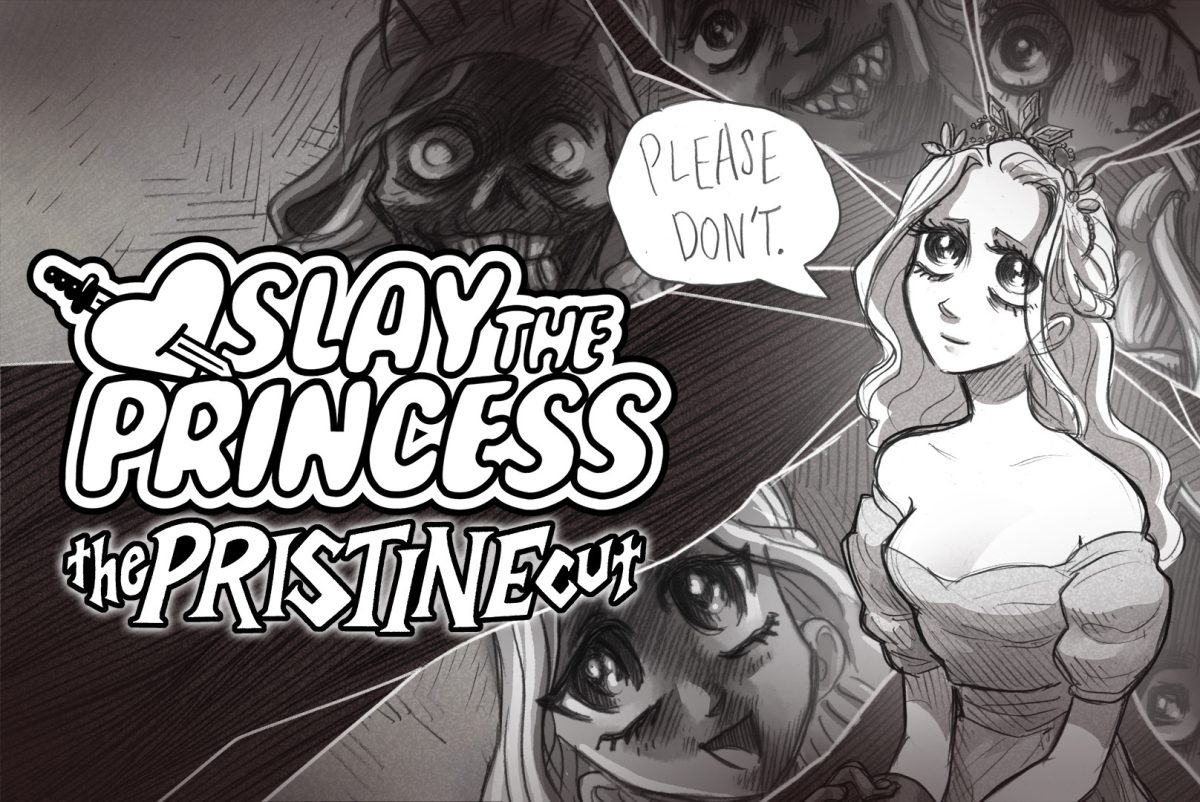The long-running and iconic Godzilla movie series has included many interpretations of the monster throughout the decades of its releases. From cautionary drama to cheesy sci-fi, these films have represented a variety of ideas to audiences. The latest entry, Godzilla Minus One, gives us a fresh take on the king of the monsters while also displaying reverence for the classic Godzilla story.
The film centers around Koichi Shikishima, a Japanese pilot. After a traumatic event in the final days of WWII, Shikishima returns home haunted by his experiences. Upon his return, he must rebuild his life from the rubble of postwar Japan while also facing Japan’s societal expectations. But as Shikishima begins a new journey, his relationships and way of life are challenged when a gigantic reptilian creature named Godzilla is seen rising from the ocean’s depths and ever closer to Japan. With the threat of Godzilla looming and having opened old wounds, Shikishima must confront the demons of his past to save those he cares for.
If you’re familiar with Legendary Pictures’ ongoing run of Godzilla films, you might be expecting a monster spectacle from start to finish, but that’s not the case. The primary direction of Godzilla Minus One is that of a character drama. This doesn’t mean the movie is dominated by boring dramatic tropes, irrelevant to the titular monster. In fact, it is quite the opposite. The character drama is the core intrigue of the film and what makes it stand out. The main and supporting roles are well-written and compelling characters that you come to feel as if you know personally. Writer and director Takashi Yamazaki’s emphasis on the characters gives the presence of Godzilla weight when he is on screen. Rather than feeling excitement at the appearance of Godzilla, he instead evokes a sense of genuine concern because of the danger posed to the characters. Even though the drama is the main focus, that’s not to say the movie doesn’t have spectacle. The movie has numerous moments featuring jaw-dropping visuals as well as the destructive action sequences expected of the franchise.
In the fashion of past Godzilla movies, Godzilla Minus One tackles themes directly and metaphorically. While the original Gojira/Godzilla: King of the Monsters (1954) tackled the anxieties of atomic weaponry and nuclear testing, this film reflects more on the effect war has on people. The historical context of the period allows the film to discuss the disillusionment the people of Japan experienced towards the government following the end of WWII in addition to the societal expectations of duty and honor.
Overall, Godzilla Minus One has a lot to offer audiences. The film’s captivating characters, plot, visual effects, and spectacle lend themselves to not only established fans of the movie series but also new viewers. Because of this, I would highly recommend the movie even to those who aren’t typically monster movie fans. One aspect of the movie that may be difficult for some viewers is that the film is fully in Japanese with English subtitles. The film will most likely receive English dubbing with its digital and home video release in America. The release dates of such as well as streaming details are yet to be officially announced. Although the recent re-release of the film in black in white – to pay tribute to the original film – only ran from Jan. 26th through Feb. 1st, the film’s previous run in theaters had been extended multiple times. Due to continued audience and critical praise, including an Oscar nomination for best visual effects, It wouldn’t be a stretch to predict the re-released black and white version’s run will be extended as well – although that’s just speculation. Whether in an extended theater run, on streaming, or home release, Godzilla Minus One is not a movie to miss, as it brings a fresh and layered story that appeals to both general audiences and fans of the franchise.



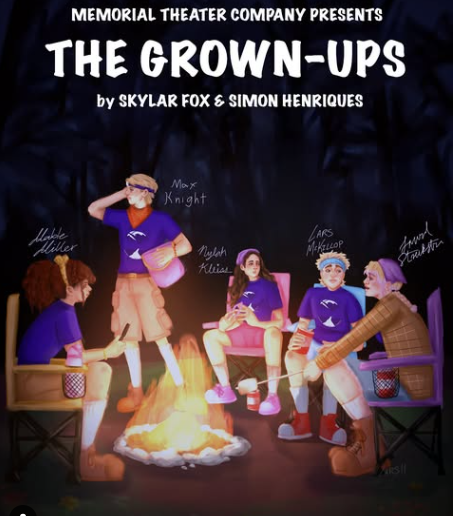






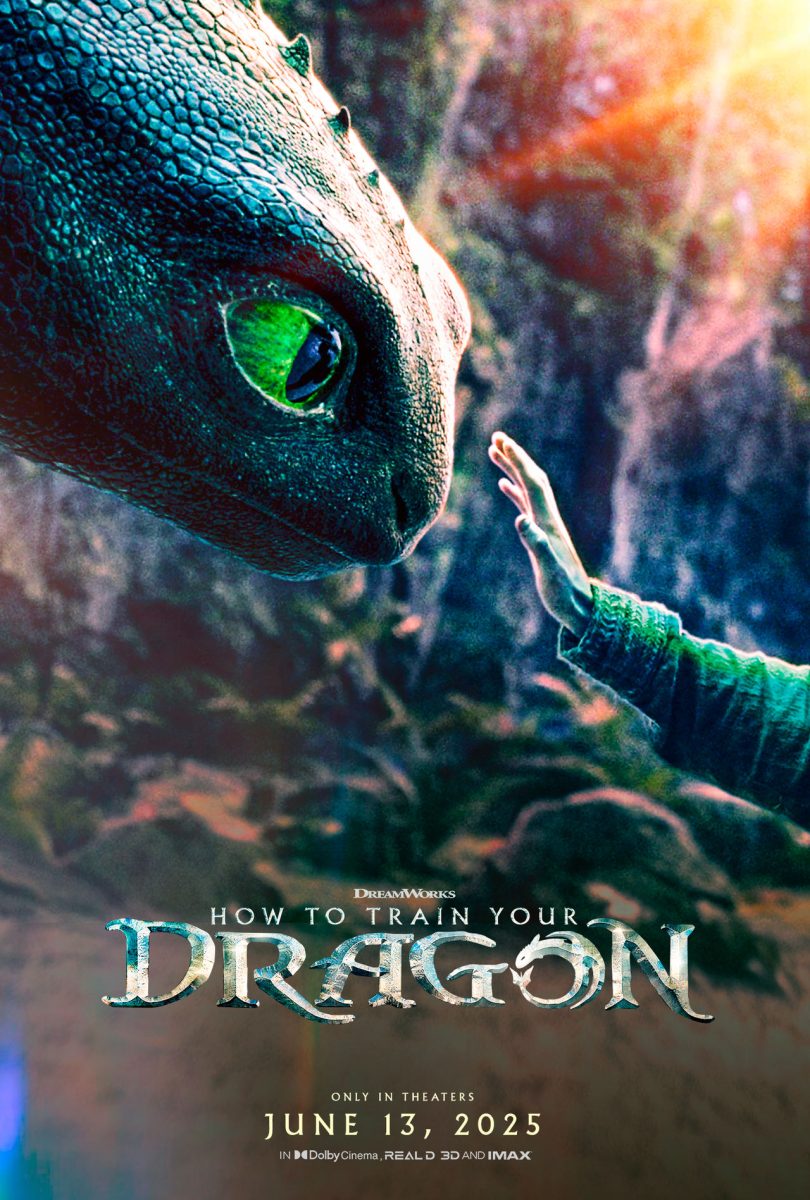

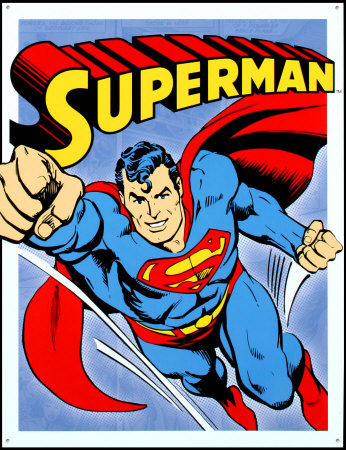
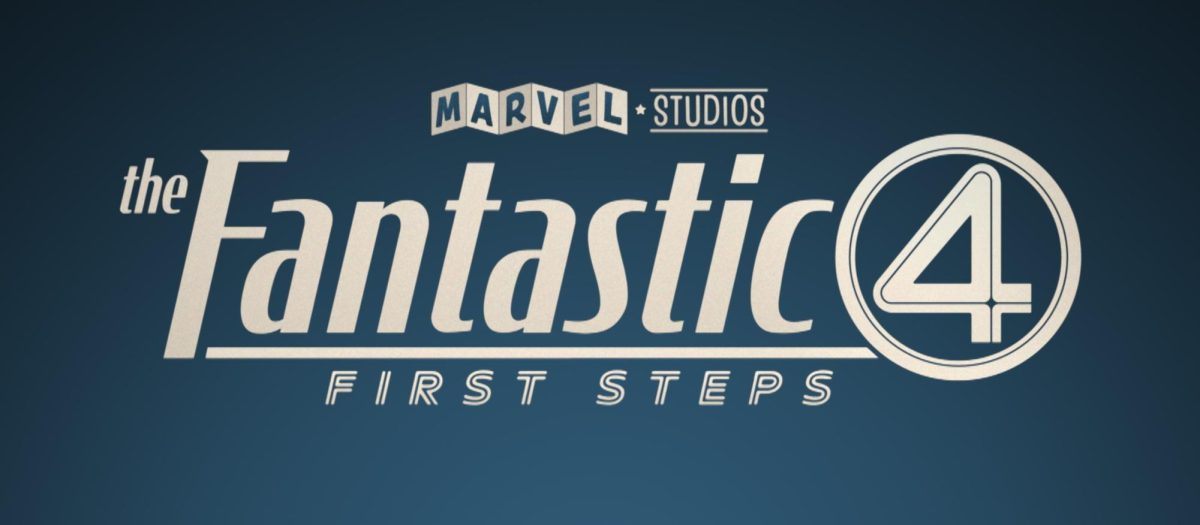











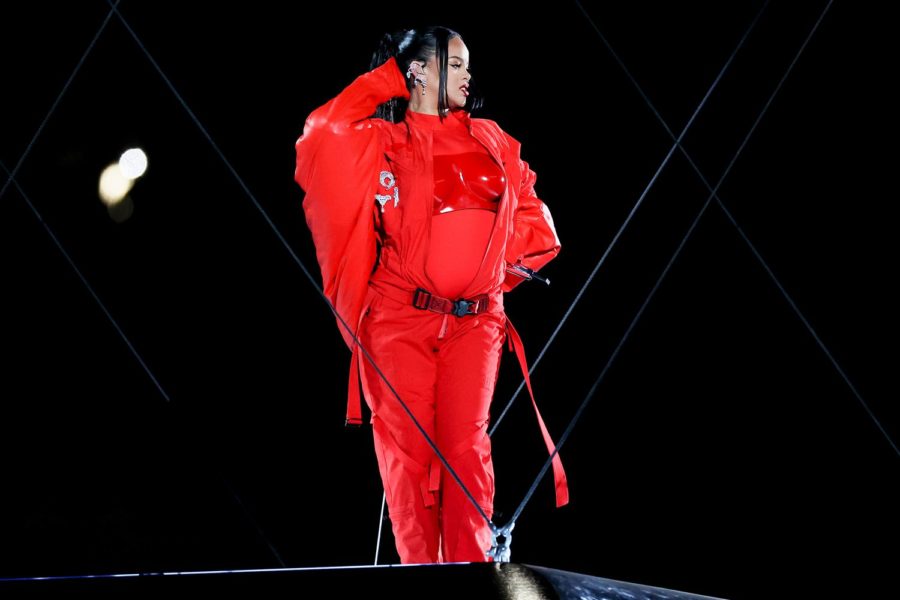





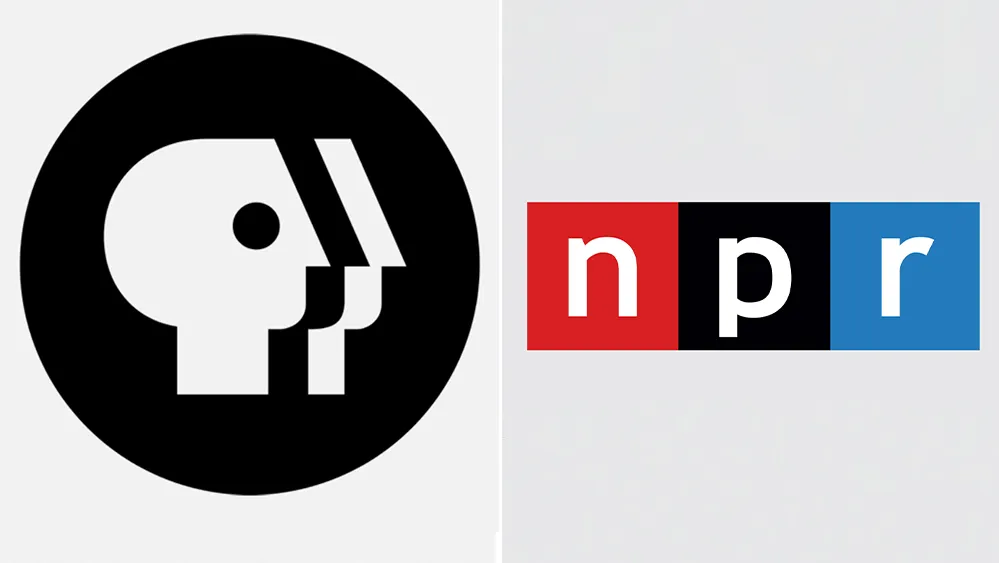
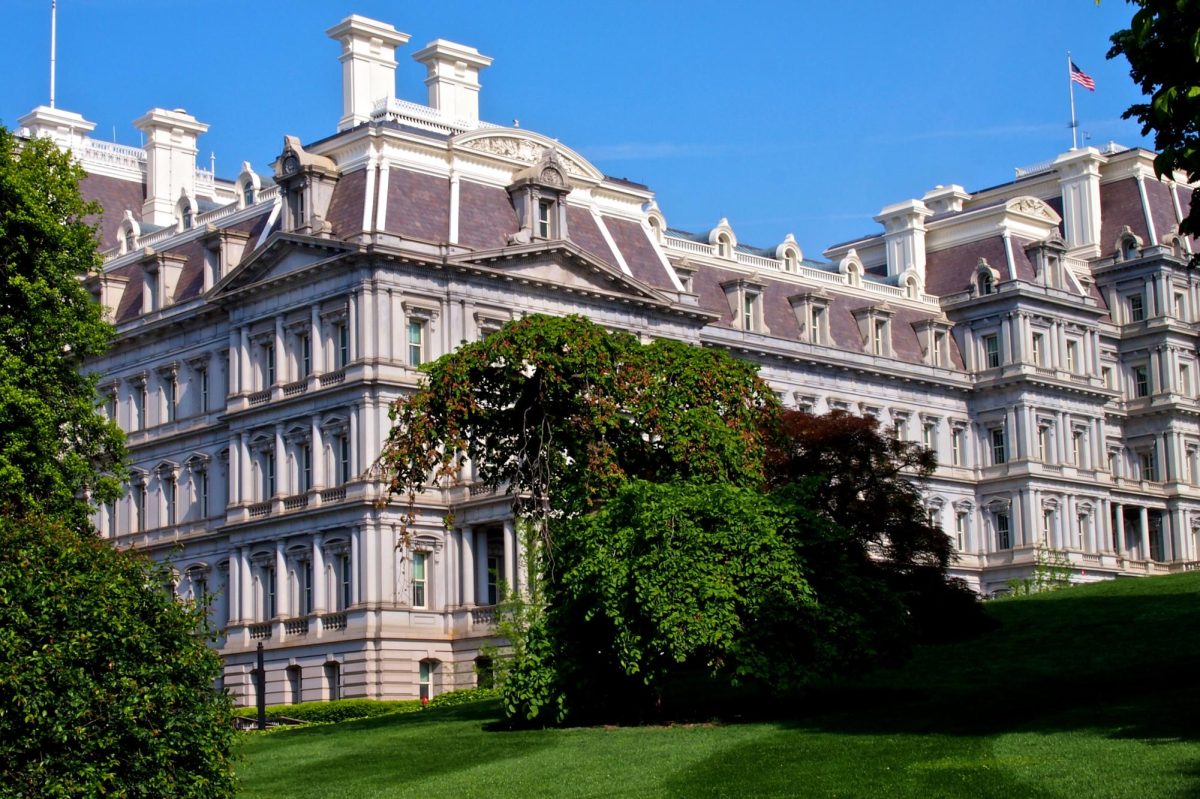



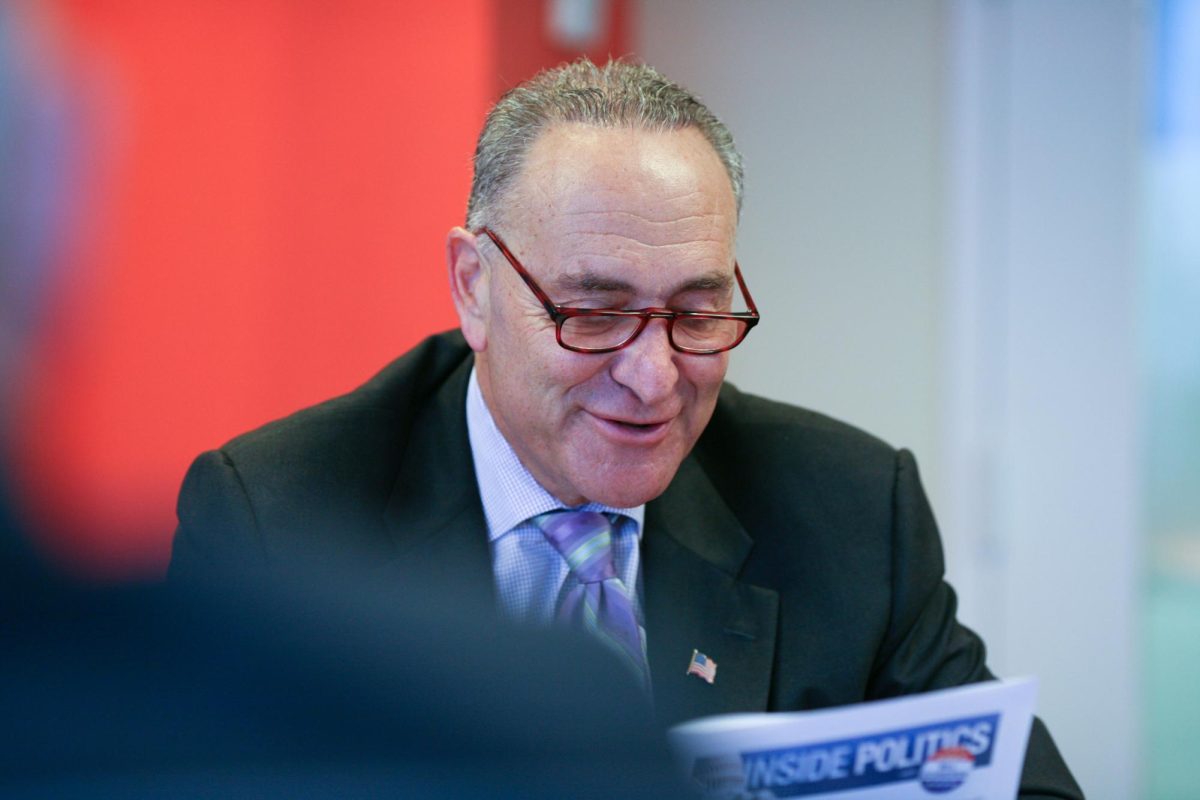
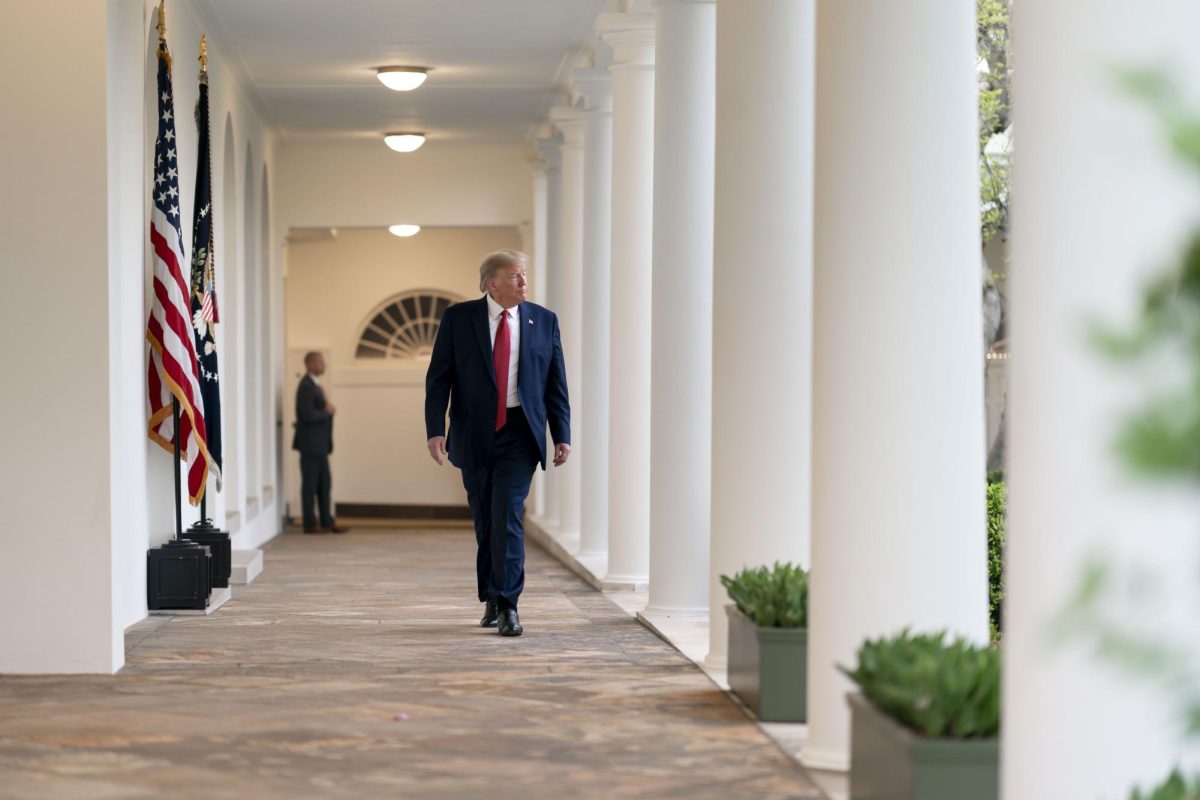



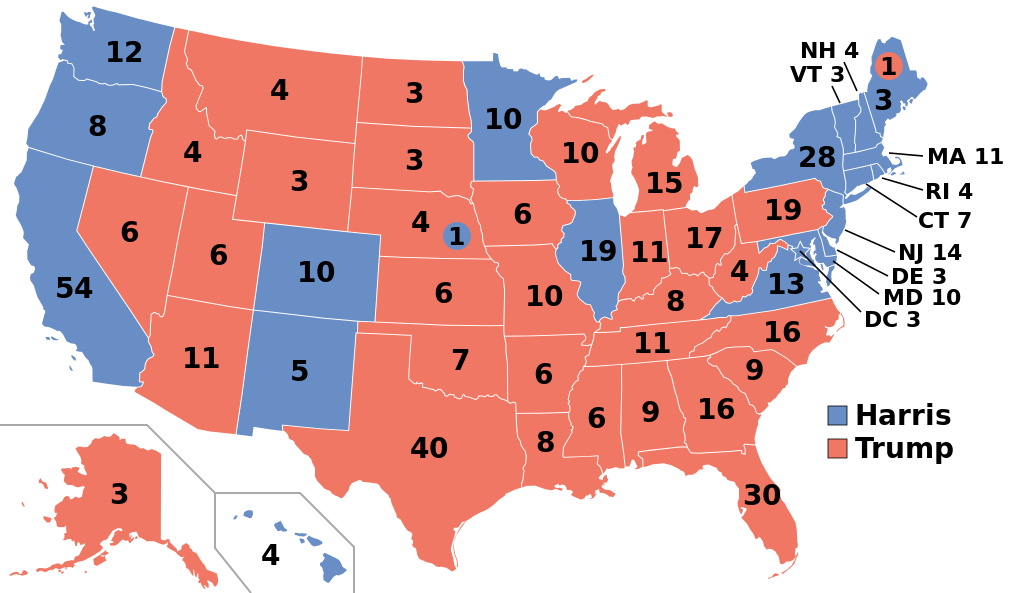






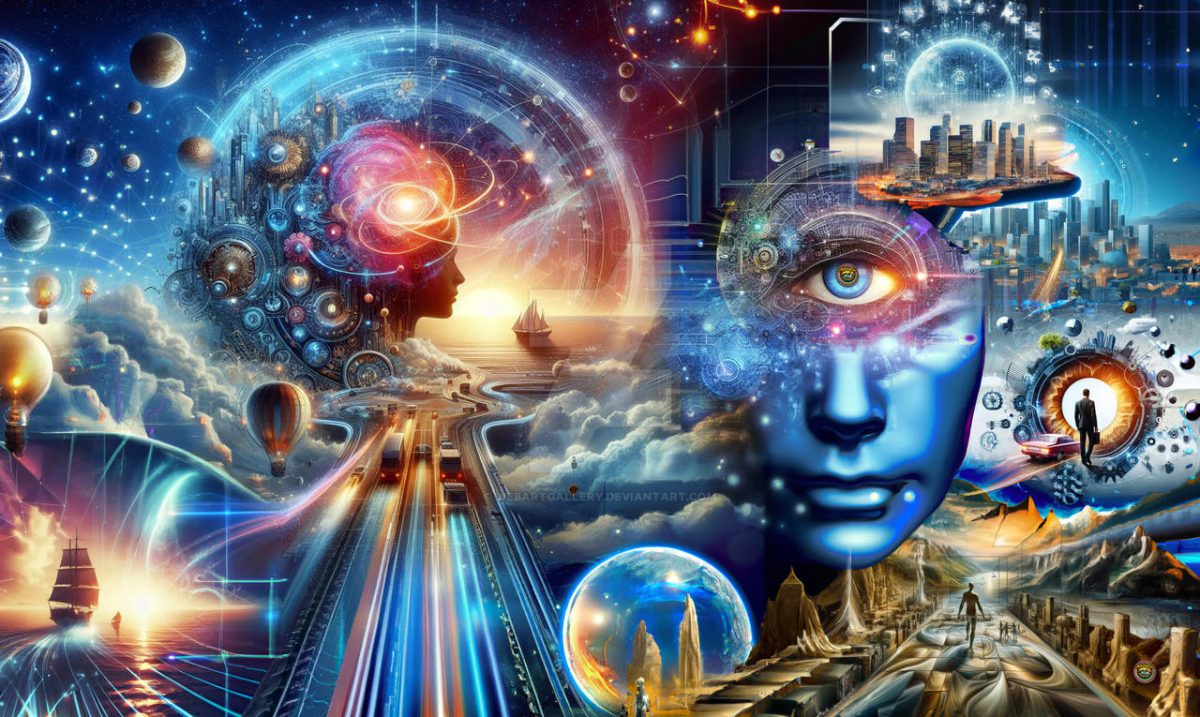
![Image credit to [puamelia]](https://memorialswordandshield.com/wp-content/uploads/2025/08/3435027358_ef87531f0b_o-1200x803.jpg)





